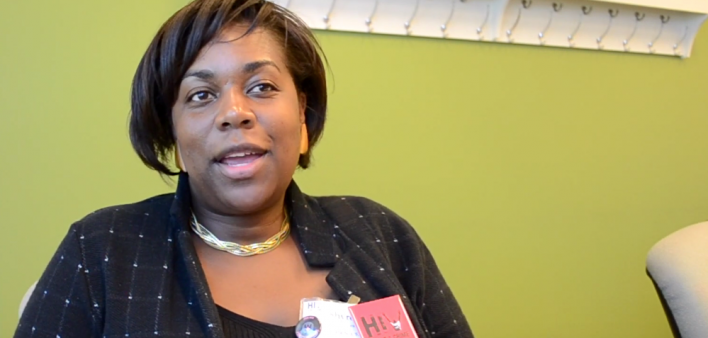Whether it’s speaking at City Hall or tweeting from your couch, HIV advocacy can seem daunting. It’s not a skill that comes naturally to most of us. Luckily, many members of the Positive Women’s Network–USA (PWN-USA) are experts on the topic—and they’re sharing their knowledge and tips in a free five-part multimedia guide and tool kit called “Claim Your Seat at the Table! A How-To Guide to Advocacy for People Living With HIV.”
All five parts are available online now. They include videos, TED Talks, tutorials on the workings of government and the court system, an Advocacy Glossary, infographics (such as the example below) that you can download and print, and much more.

Example of an infographic in the HIV advocacy guidePWN-USA/USA.gov
The various formats allow people to learn in whatever ways best suit them (not everyone likes to read page after page of legal data or historical information). And because the guide is available online 24/7, people can learn about effective advocacy whenever it’s most convenient for them.
“HIV advocacy is not something most of us planned to take on,” acknowledged Waheedah Shabazz-El, organizing director at PWN, in the press release for the guide. “Many of us fell into community organizing and advocating because our lives—and the lives of people we love—literally depended on it. We learn as we go, at conferences, through mentors, and through trial and error with our campaigns. This tool kit is a much-needed resource for both newer and more experienced advocates to feel more confident as they are getting involved in state and federal advocacy.”
The five parts of the advocacy guide include:
Part 1: Learn the ABCs of advocacy, such as how government is structured and how advocates can influence the way policies are made.
Part 2: Know the different types of advocacy—such as administrative, budgetary and legislative—and when to use them most effectively. Part 2 includes a Roll Call video explainer (below) on how the federal budget process should work, a timely topic in today’s climate of government shutdowns:
Part 3: Master the arts of planning campaigns, organizing grassroots activism, building coalitions and including young people.
Part 4: Get educated about the communications aspect of advocacy—for example, how to craft messages that get results and how to use social media to your benefit.
Part 5: Take advantage of the DIY Starter Kit, which includes templates and examples provided by seasoned advocates. Not sure what to say when you call your Congress members or write an action alert? Check out the sample scrips PWN-USA provides.
“We are facing unprecedented policy battles as well as opportunities. Winning will take all of us. That means our folks need to be prepared, equipped and resourced so we can fight effectively together,” said Naina Khanna, executive director of PWN in the press release. “We hope this guide will be useful for anyone who wants to take bold, progressive action aligned with our vision and policy agenda. PWN will be training our constituency to use these resources throughout 2019 and as we get ready for 2020.”







Comments
Comments